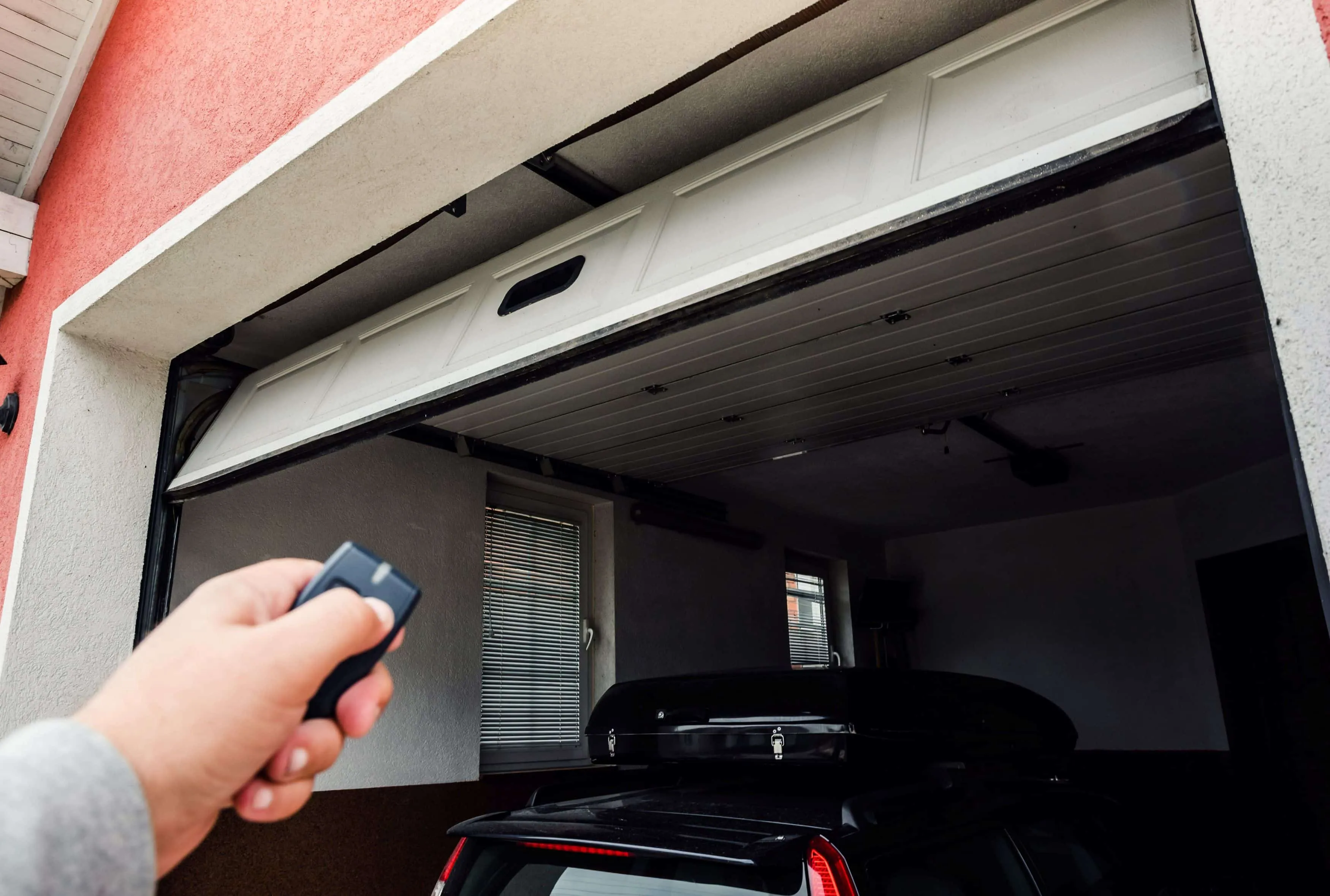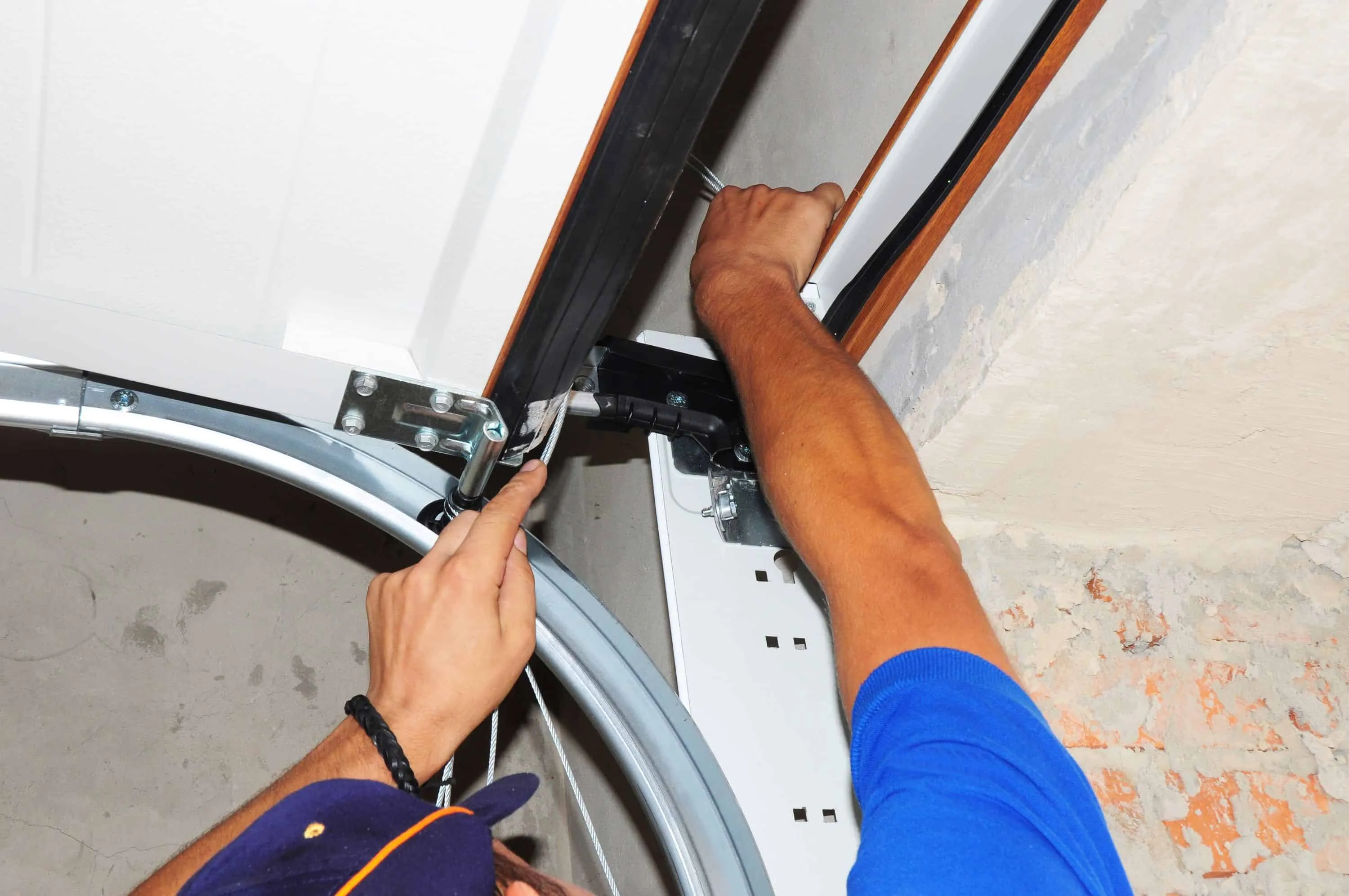There can be your advertisement
300x150
6 Signs That Gate Springs Need Replacement
Homeowners know how important it is to know when to replace gate springs. Springs are a crucial part of garage doors, and if they're not working properly, it can cause numerous problems.
Below are some signs to watch for before replacing gate springs. Remember, seeing one or two of these signs doesn't necessarily mean you need to replace the springs immediately. However, if you notice several or all of these signs, it might be time for preventive maintenance or a full spring replacement.

1. Loud Noises When Opening or Closing Garage Doors
If your garage doors make strange sounds when opening or closing, it's time to call a professional for spring replacement. Springs are responsible for smooth door operation; if they're not functioning correctly, loud noises may occur. These sounds might indicate that the springs are loose and need tightening or have worn out completely and require replacement.
In any case, it's important to service the doors and consult a professional to avoid potential injuries or property damage.
2. Uneven Gaps Along the Sides of Garage Doors
If you notice uneven gaps along the sides of your garage doors, it might be time to replace the springs. Uneven gaps indicate worn-out springs that need replacing. Uneven gaps can also interfere with proper door closure, posing a serious safety risk.
3. Garage Doors Sticking or Hard to Lift
If your garage doors start sticking or become difficult to lift, it's usually a sign that the springs are wearing out. When springs wear out, they can no longer support the door's weight, making opening and closing more difficult.
Additionally, doors that stick or are hard to lift are more likely to come off their guides. If you're experiencing this issue, it's time to replace the springs.

4. Rust or Corrosion on Tension Springs
Rust or corrosion can be one of the most obvious signs that gate springs need replacement. Tension springs are typically made from metal, and exposure to weather conditions over time can cause corrosion. Rust or corrosion on springs weakens them and may eventually lead to breakage, so it's essential to regularly inspect these components.
It's best to check each tension spring every few months to detect signs of wear or rust. If you notice rust or corrosion, call a professional immediately for spring replacement, as they can no longer reliably support your garage door system.
A professional knows how to replace both springs at the same time and use the exact same type and size as before. Using different sizes can cause an imbalance in your garage door system, making opening and closing more difficult. Once the issue is identified, set a budget for garage door repair to ensure quality replacement.
5. Visible Signs of Wear and Damage
If you have metal springs, look for signs of damage or wear. Springs can be covered in dirt and debris, which reduces their effectiveness. If you see any bumps, dents, cracks, or deformations on metal springs, that's a clear signal to replace them.
Another sign is if the springs appear bent or stretched. Over time, lifting force from the opener can cause them to weaken and stretch. If this has happened with your springs, it's time to replace them since excessive stretching can lead to failure and malfunction of the garage doors.
6. Uneven Weight When Manually Lifting Garage Doors
If you notice uneven load when manually lifting garage doors, it may indicate worn or damaged springs. Springs help distribute the door's weight evenly on both sides. If one side of the door feels heavier than the other, it could be a signal to replace the springs.
Conclusion
So how do you know when to replace gate springs? Use the above information as a guide. Homeowners whose garage doors show more than two of these signs should know it's time for preventive maintenance or spring replacement.
More articles:
 5 Ways to Expand Your Kitchen with Mirror
5 Ways to Expand Your Kitchen with Mirror 5 Ways to Transform Your Backyard into a Spring Oasis
5 Ways to Transform Your Backyard into a Spring Oasis 5 Options for Wooden Floors for Your New Home
5 Options for Wooden Floors for Your New Home Furniture in the Style of the 1950s
Furniture in the Style of the 1950s 55 Fresh and Inspiring Spring Wreath Ideas to Light Up Your Door
55 Fresh and Inspiring Spring Wreath Ideas to Light Up Your Door Avenue 5 by Architect Mario Alves in Aveiro, Portugal
Avenue 5 by Architect Mario Alves in Aveiro, Portugal 6 Advantages of Metal Cladding for Building Facade
6 Advantages of Metal Cladding for Building Facade 6 Small Rooms That Redefine the Meaning of Babies
6 Small Rooms That Redefine the Meaning of Babies